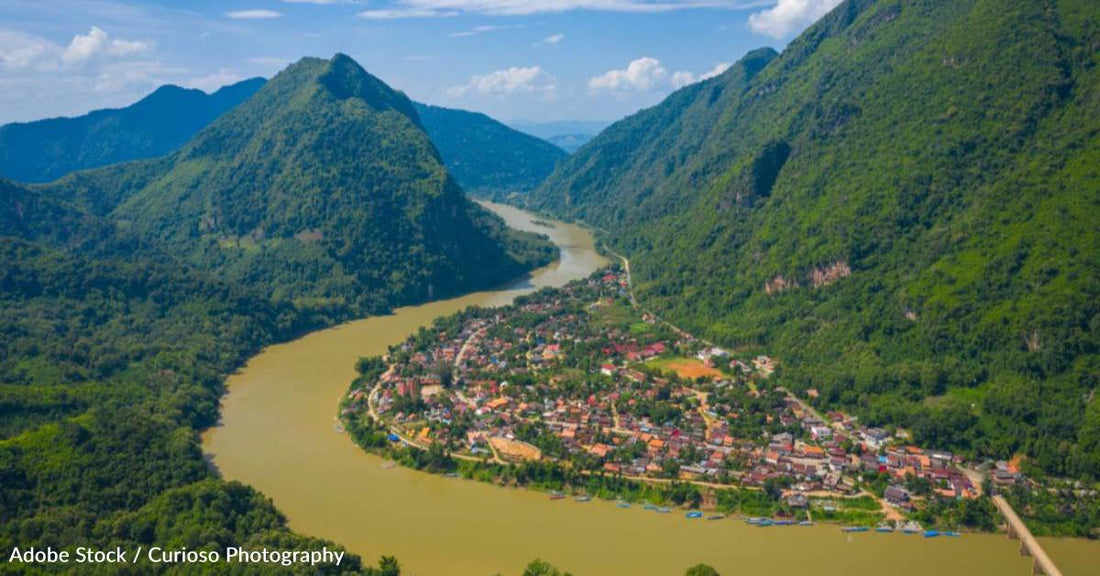380 New Species Have Been Discovered in the Greater Mekong Region, But They Face Threats
Michelle Milliken
The Greater Mekong region – a 200 million-acre stretch covering China, Myanmar, Laos, Thailand, Cambodia, and Vietnam – is home to a wide range of biologically diverse habitats. Species there are still being discovered, and a new report shares some of the highlights of these discoveries over the past two years.
The World Wildlife Fund recently published a report documenting the 380 new species discovered in the region between 2021 and 2022. It includes 290 plants, 19 fish, 24 amphibians, 46 reptiles, and one mammal. WWF says with these new additions, nearly 3,400 new species have been described in the Greater Mekong since 1997. The organization says there’s work to be done to protect these species, however.
Nilanga Jayasinghe, manager of Asian species at WWF, explains, “While the Mekong region is a global biodiversity hotspot, it is also experiencing a vast array of threats. It is critical that we continue to invest in the protection and conservation of nature, so these magnificent species don’t disappear before we know of their existence."
WWF says the main threats to the region include climate change, hydropower development, illegal wildlife trade, and habitat loss.
Among the discovered new species that need safeguarding from these threats are the Cambodian blue crested agama, which changes color as a defense mechanism; a bat called Hayes’ thick-thumbed myotis, named for bat expert Ben Hayes, and which awaited identification for 20 years as a specimen sat in the collection of the Hungarian Natural History Museum; dendrobium fuscifaucium, a miniature orchid that was identified from a nursery collection but has yet to be found in the wild; the Suzhen’s krait, a highly venomous snake named after a Chinese snake goddess, whose discovery should help with antivenom research; and quasipaa taoi, a frog discovered on the highest peak in central Vietnam: Mount Ngoc Linh.
The WWF report notes that recent research has shown there are high levels of endemic amphibians, much like this frog, in Vietnam’s Central Annamite mountains. Greater Good Charities and Vietnam conservation organization Wildlife at Risk are set to send an expedition to that area in June, as part of the Global Discovery Expeditions program. The team will be looking to place records of species they encounter in a database available to scientists and conservationists, which will hopefully aid in the protection of the animals and plants found there.
If you’d like to help that expedition, or others with similar field survey work, click below!



